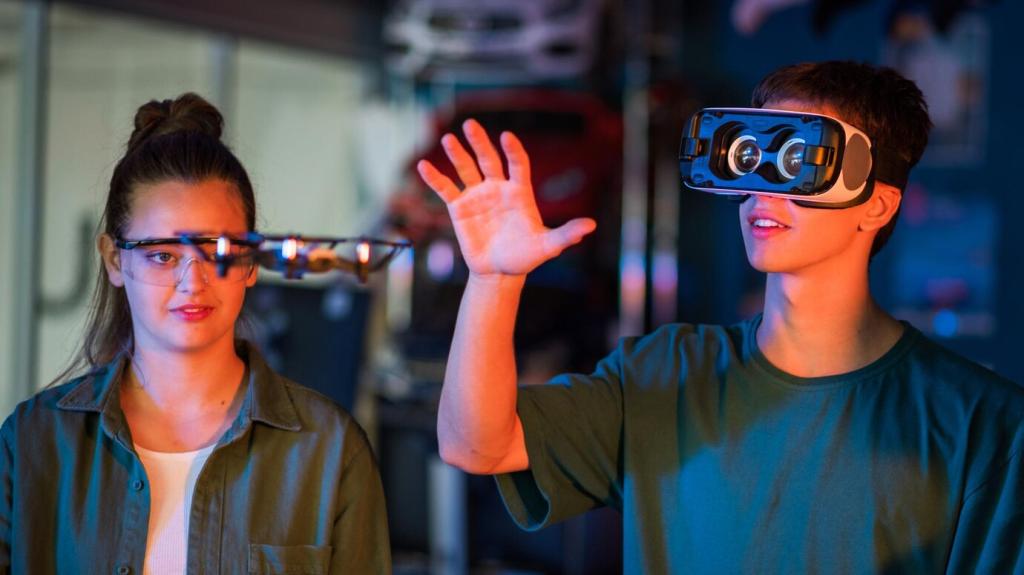Telemedizin und hybride Versorgung
Videokonsultationen schaffen flexible Termine, spontane Rückfragen und gemeinsame Sicht auf Befunde. Besonders chronisch Erkrankte profitieren, wenn Ärztinnen, Pflegende und Angehörige strukturiert einbezogen werden. Kommentieren Sie: Welche Hürden erleben Sie?
Telemedizin und hybride Versorgung
Vernetzte Blutdruckmessgeräte, Waagen und EKG-Patches liefern kontinuierliche Daten. Algorithmen erkennen Trends, Teams intervenieren früh. Patientinnen berichten von Sicherheit, weil Warnschwellen und persönliche Rückrufe Unsicherheiten rechtzeitig auffangen.






